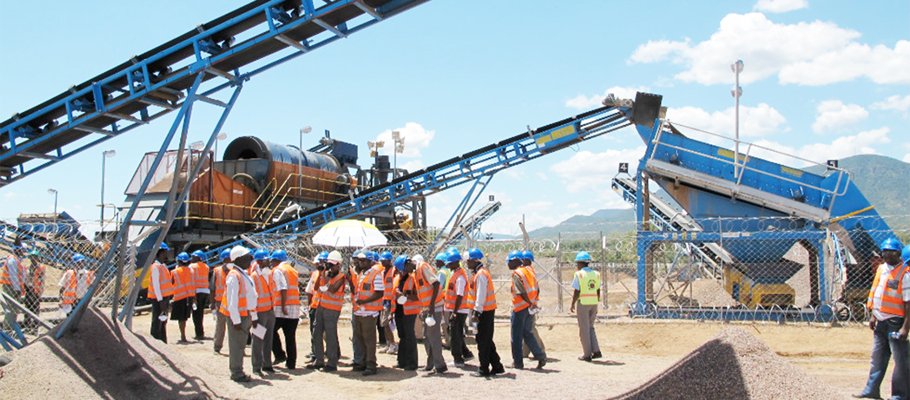Source: Govt intervention on mining timely – The Zimbabwe Independent November 9, 2018
ZIMBABWE boasts of dozens of valuable minerals, but gold and platinum are easily the two most important of the lot. Diamonds were massively looted.
Zimind Comment
In recent weeks, a disturbing trend has emerged as the country has seen the closure of major gold mines. This development cannot be taken lightly, considering that mining contributes more than 60% of total export receipts.
This collapse, coming at a time the gold sector is expected to break all production records, is very damaging to Zimbabwe’s economic prospects. Everyone must acknowledge the grim reality that the Reserve Bank of Zimbabwe’s forex retention thresholds are choking mining companies — particularly the large-scale players — by preventing them from accessing enough foreign currency to finance operations, although interventions were made this week.
Last year, the country produced 24,8 tonnes of bullion, according to official statistics. That was a remarkable comeback from 2008 when only three tonnes were produced at the height of economic meltdown. In 1999, a total of 27,1 tonnes of the yellow metal were recorded — which remains the largest haul in living memory.
In the aftermath of the controversial fast-track land reform programme, which led to rapid economic decline and capital flight, mining has emerged as a major driver of economic activity. The massive loss of sources of livelihood in the farming sector saw an increase in small-scale and artisanal miners as Zimbabweans explored alternative means of survival.
The collapse of the gold sector — which is in many ways the goose that lays the golden eggs — will not only worsen the unemployment problem and lead to the dwindling of export receipts, but also undermine the government’s Transitional Stabilisation Programme.
In that connection, we commend the government for moving swiftly to open channels of dialogue in the mining sector in a bid to find lasting solutions to the forex retention conundrum.
After talks this week, the government has agreed to allow gold producers to retain 55% of their export earnings in foreign currency, up from the previous 30%.
By allowing the mining companies to retain higher thresholds of forex for their operations in line with the United States dollar costs prevailing on the market, government may have just thrown a lifeline to this vital component of the economy.
However, these are temporary, stop-gap interventions. The real solution lies in addressing Zimbabwe’s shaky macro-economic fundamentals, not piecemeal measures.
Currency volatility, exchange rate fluctuations, unpredictable pricing — among a raft of other factors — require urgent attention before more jobs are lost. To avert a manifestation of the so-called “resource curse”, it is crucial for the government to lend support to the mining sector through policies and incentives that enhance productivity. Some economists argue that countries which are richly endowed with natural resources have a strange tendency of failing to realise significant economic growth.
There is still a long way to go before Zimbabwe’s vast mineral endowment can become a blessing rather than a curse.

COMMENTS